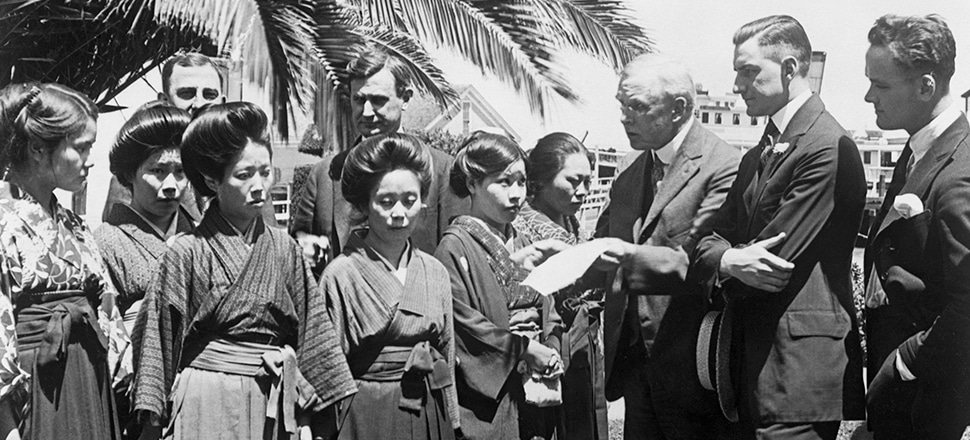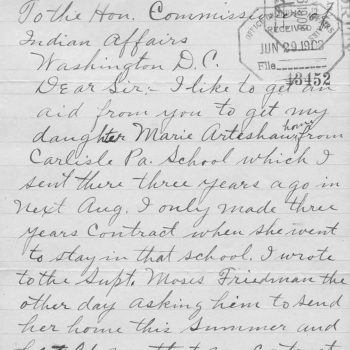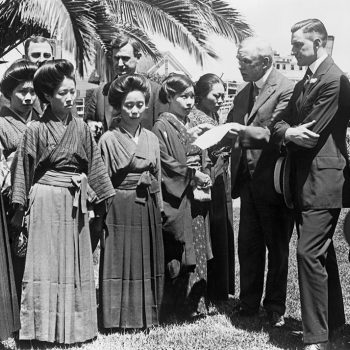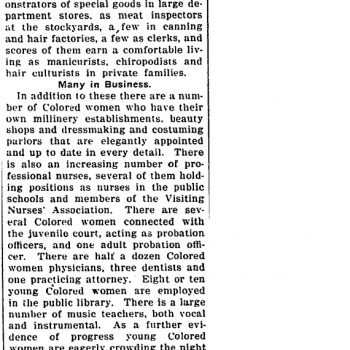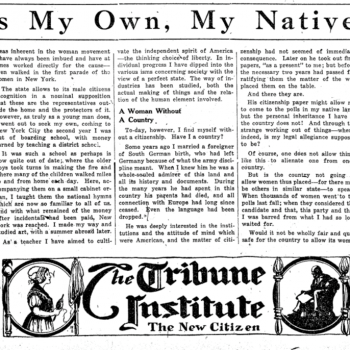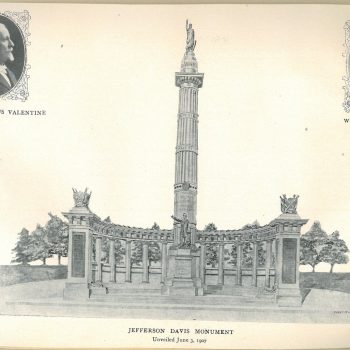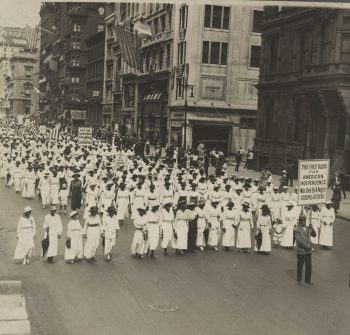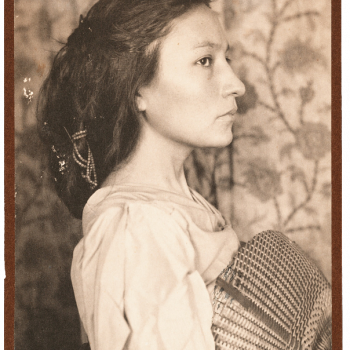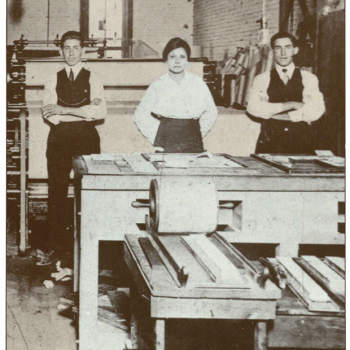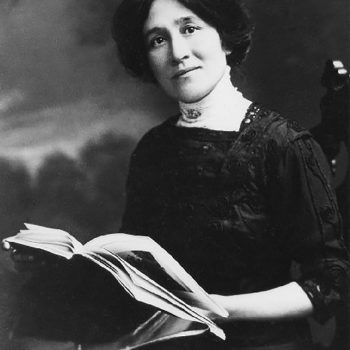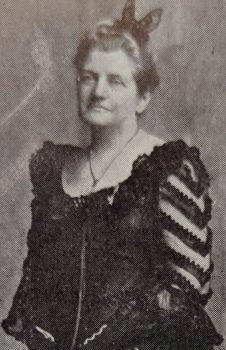Key Ideas
1. The continuing rise of nativism, xenophobia, and racism led to a limited definition of what it meant to be an American.
2. National and local policies frequently restricted the rights of non-white women.
3. Although social reformers promised great change, the benefits of reform were not necessarily meant for all.
4. Many women fought against racist policies and beliefs, often risking their own personal safety.
Introduction
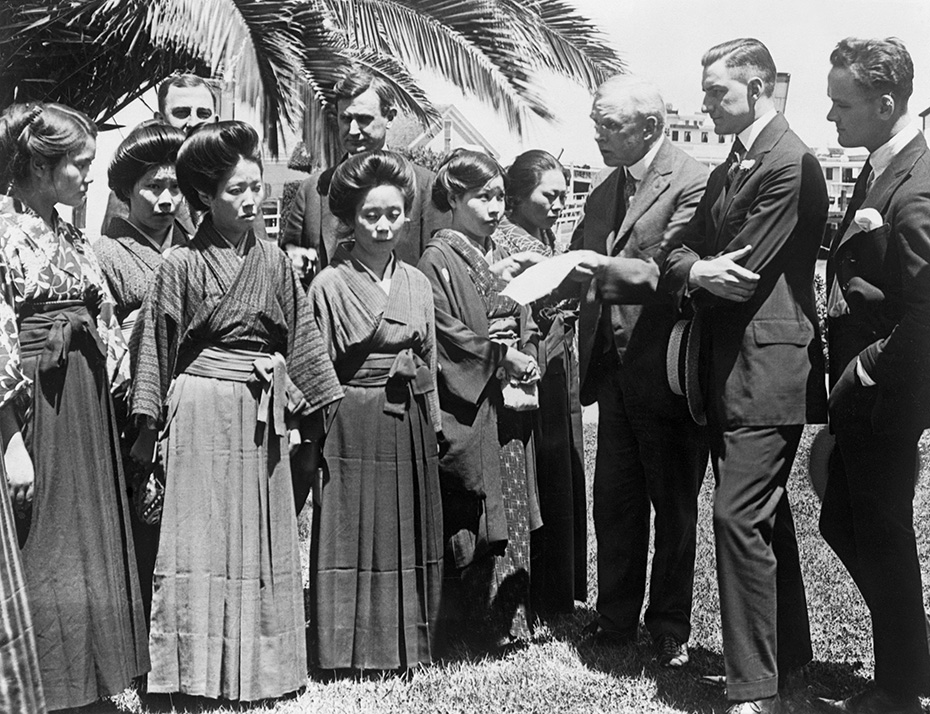
Bettmann, Japanese Picture Brides at Immigration, 1920. Bettmann Archive/Getty Images
Xenophobia and Racism
The racial tensions born in the nineteenth century spilled over into the twentieth. For all of its promises of equality and protection, the Progressive Movement was deeply entrenched in white, middle-class society.
This privileged view of the world offered a limited definition of what it meant to be American. And as the threat of a world war loomed, deep fears of radical outsiders only further entrenched nativist tendencies.
Immigration policies like the Chinese Exclusion Act and the Gentleman’s Agreement with Japan made emigration from Asia difficult. The Expatriation Act stripped American women of their citizenship upon marriage to non-citizens. Life for most Black Americans deteriorated as the presence and influence of Jim Crow racism and the Lost Cause mythology continued to rise. The federal government’s education projects for Indigenous communities taught children to reject their culture in favor of an “American” one. Although many social reformers of the era promised great change, it was increasingly clear that the benefits of those changes were not always meant for all.
Section Essential Questions
1. How did xenophobic and racist policies and practices target women?
2. To what extent did the spread of racism and nativism contradict the ideals of the Progressive Era and its spirit of social reform?
3. How did women activists fight against xenophobia and racism? What policies did they challenge and how were they effective?


